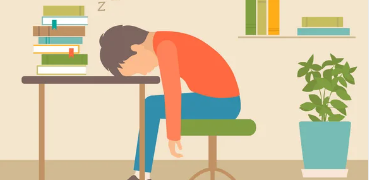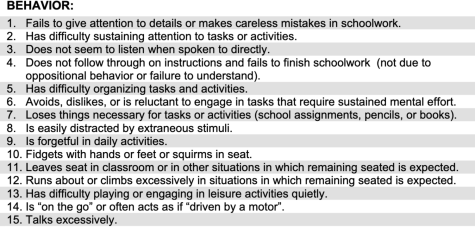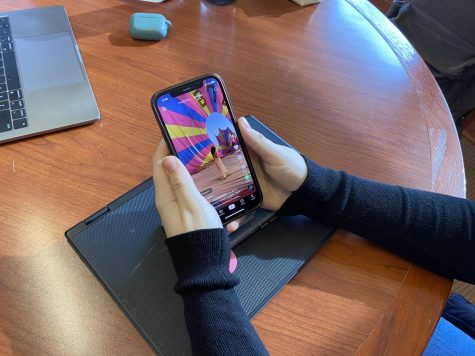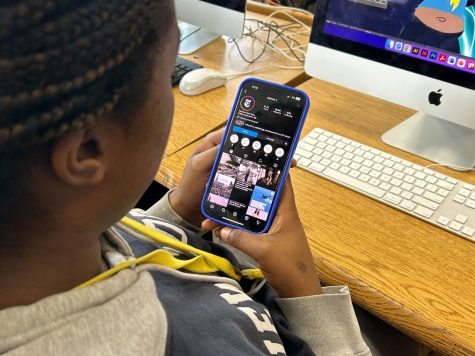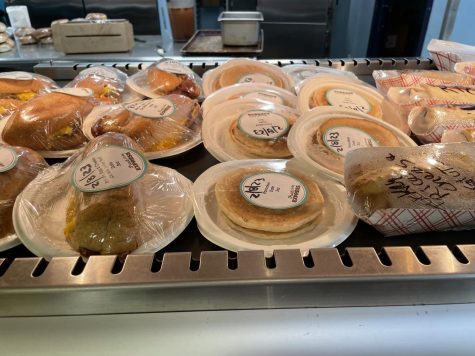Return to full in-school: Essential for learning
Last year this month, Pelham schools closed their doors to students and teachers for a single day as the district assessed the budding threat of Covid-19. We had no way of knowing that the temporary closure would stretch on for four long months through to the summer as the pandemic began its storm. Over the past year, more than half a million Americans have lost their lives to Covid-19, and billions more across the world have had their ways of life irreversibly disrupted. But we have almost reached the finish line of this race macabre — millions of vaccines are being distributed to states as strict lockdown procedures stifle the spread of new cases. For the first time, the Covid-19 situation in the United States is stable, and there is no better time to bring children across the country back to school. Fortunately, the Pelham Board of Education has announced their intention to do exactly that, outlining a tentative plan to transition the district from the current hybrid model to a full in-person model starting after spring break. The decision was controversial in the community, with most parents advocating for a return to normalcy and most students emphasizing caution, but the district’s decision is sound. The best thing we can do for Pelham is to bring students back to school because of virtual instruction’s adverse effects on the wellbeing of students.
It’s no secret that virtual learning through video call is unproductive. While there aren’t studies that pertain specifically to the Covid-19, we can draw from other sources. For example, a 2019 study published in the National Education Policy Center indicates that only 50% of students who attend online high schools graduate, compared to the national average of 84%. This makes sense — without being present in the classroom, students tend to lose interest and find it hard to stay concentrated. But other, far more serious consequences arise from keeping students in lockdown while their mental health suffers from lack of sociality. In April of 2020, about a month after schools across the country went into lockdown, the proportion of mental health-related emergency room visits by children increased 66%, according to the CDC. At the Riley Hospital for Children in Indiana, the number of children and teens hospitalized for suicide attempts increased 250% year-on-year in October of 2020, according to an interview conducted by NPR.
Keeping kids out of school will only serve to further damage their mental health and their academic performance. Opponents of the return to in-person learning argue that the fallout of reopening — an increase in cases — will do more harm than staying virtual will. However, this reasoning is incorrect. A study in Acta Pædiatrica finds that opening schools will most likely not affect Covid-19 mortality rates among the elderly and that children are unlikely to be the pandemic’s main drivers. The possibility of virtual instruction will be maintained for those who are at risk for serious complications from Covid-19 or live with those at risk. Furthermore, by the time we return to full in-person learning, all school personnel will have had the opportunity to be vaccinated. If students can be responsible, with diligent use of masks and protective screens, it seems that Pelham and other school districts across the country can do the right thing and bring kids back. Support schools reopening, and the wellbeing of so many children across the country will be drastically improved.







